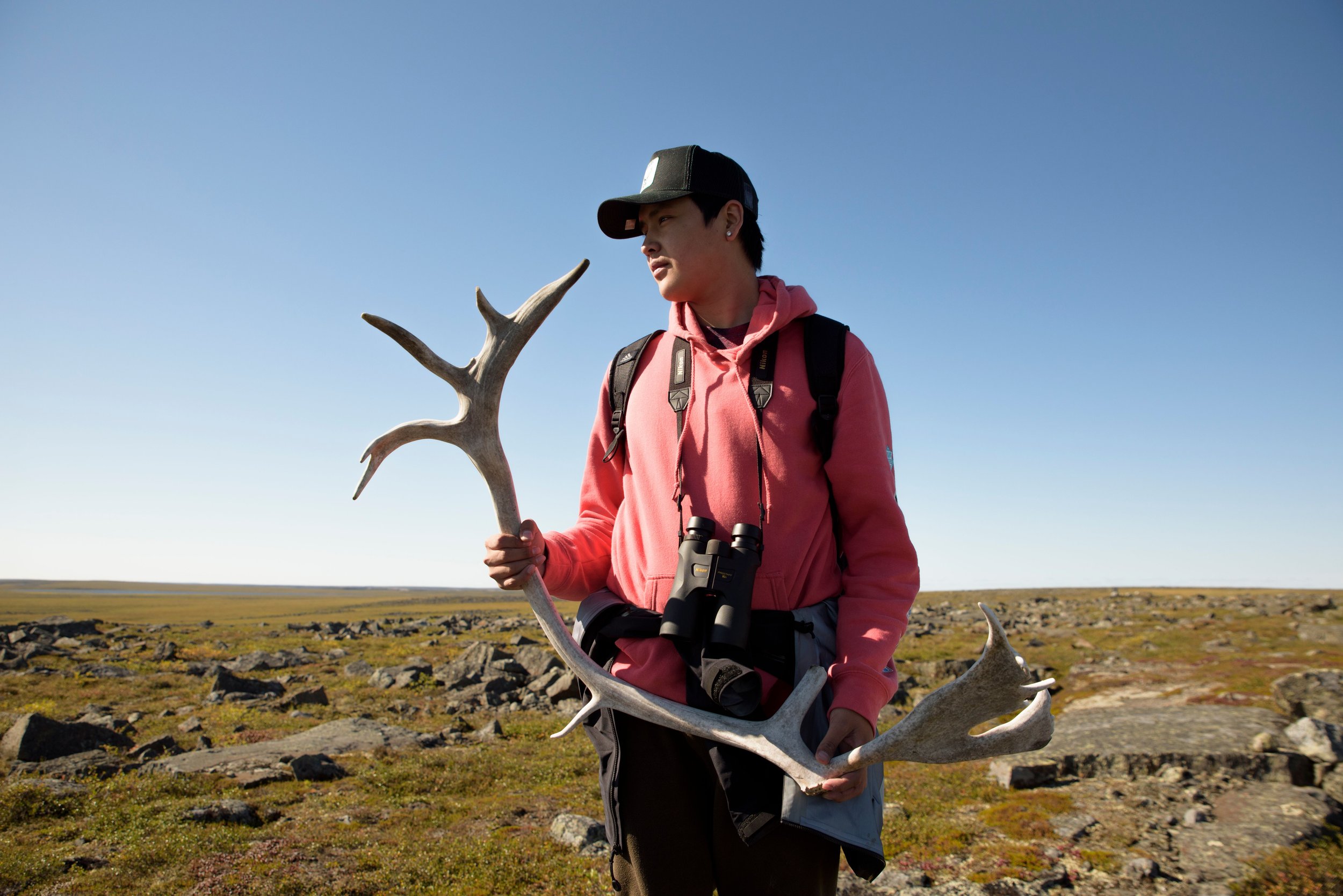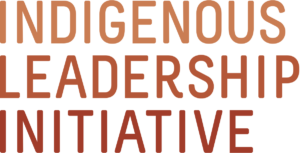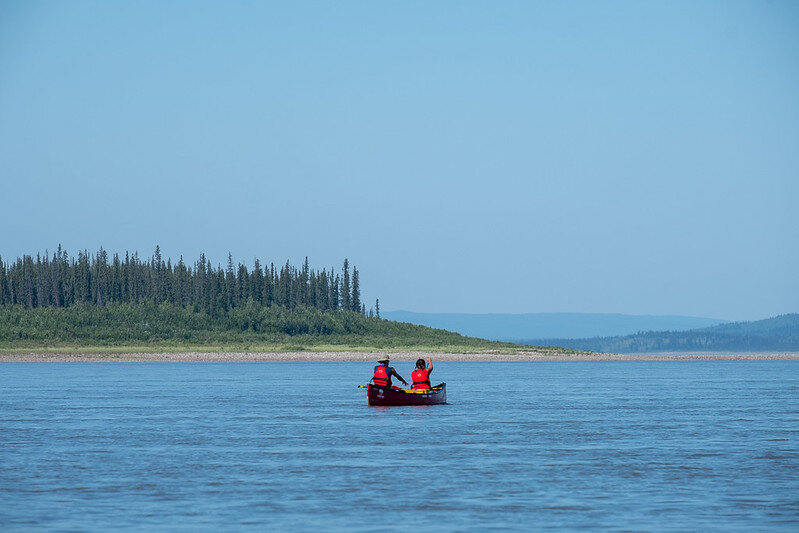Indigenous Land Relationship Planning
Making decisions about the future of the land and holding the pen when lines are drawn on the map are powerful elements of Indigenous Nationhood.

Many Indigenous Nations are embracing land use planning—or land relationship planning—as a tool for determining the future of their territories within a context of cultural responsibility.
Through community meetings, interviews with Elders, youth and other land users, and extensive data analysis, communities identify which lands they want to protect and which lands could be open for exploration and development. Land use plans provide welcome clarity for Nations, partners, and industry.
The Indigenous Leadership Initiative is proud to support several Indigenous Nations’ planning efforts, including the following.
Dehcho First Nations
The Dehcho First Nations in the southern Mackenzie Valley designed a plan that honors cultural traditions and Elders’ knowledge. The nations collected over 40,000 pieces of data to identify protected areas, such as the future Edéhzhíe Dehcho Protected Area/National Wildlife Area. They also mapped out conservation zones, general use areas for development and other categories. And they worked with the Government of the Northwest Territories to expand the Nahanni National Park Reserve fourfold to include the entire 30,500-square-kilometre watershed.
Nisichawayasihk Cree Nation
In northern Manitoba, the Nisichawayasihk Cree Nation (NCN) is home to clear lakes and boreal forest lands, as well as mining, forestry, and hydro-electric development. In 2014, the community embarked on a planning process to determine how they want to care for their 22,600 square kilometres of territory. NCN engaged the entire community, including Elders, youth, women, harvesters, leaders, hunters, and fishers. And they created extensive maps that reflect traditional land use and various GIS data. Out of this process, a draft plan has emerged that reflects the community’s values and aspirations for the land.








